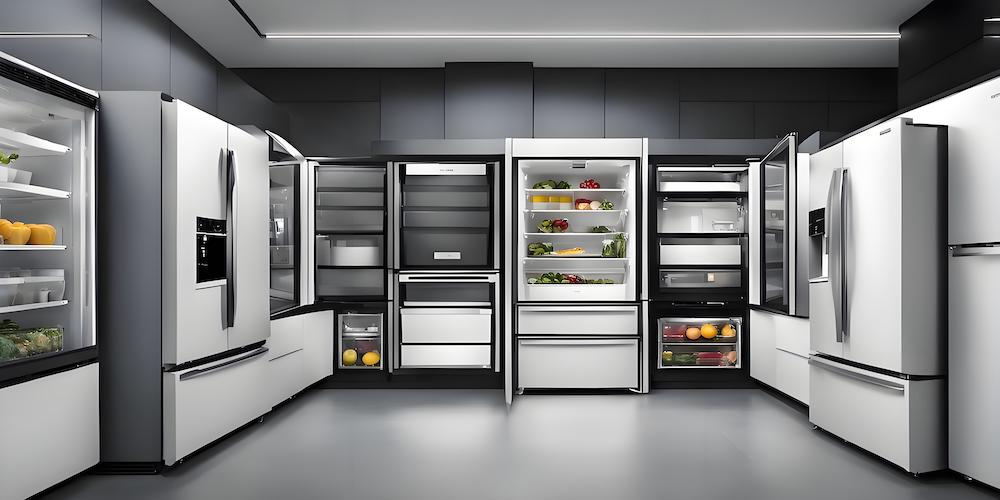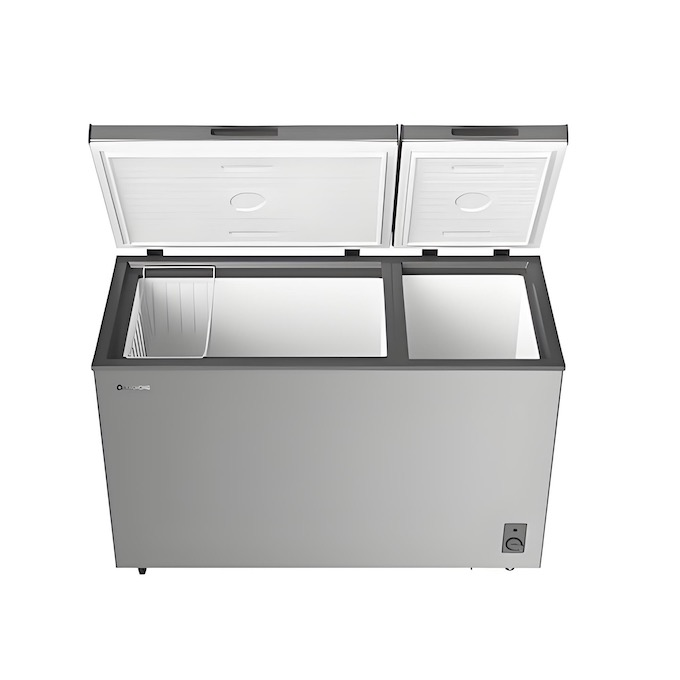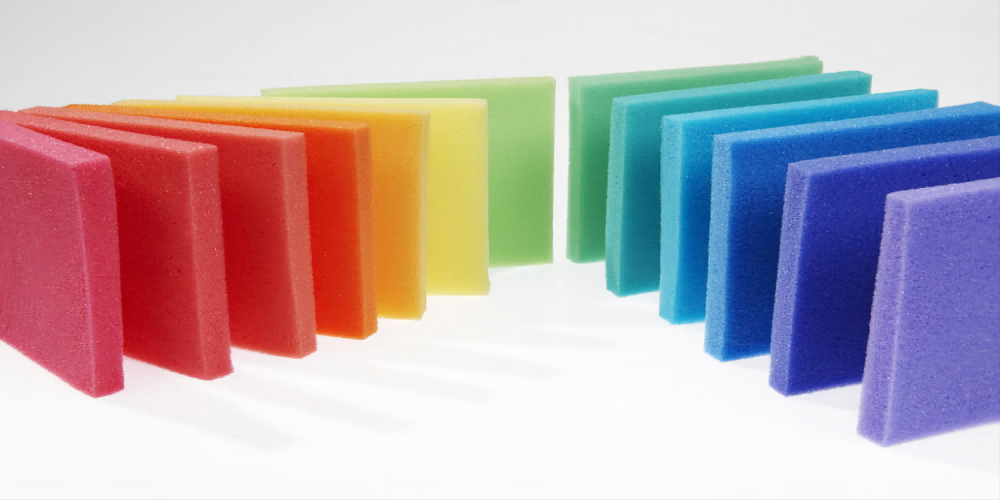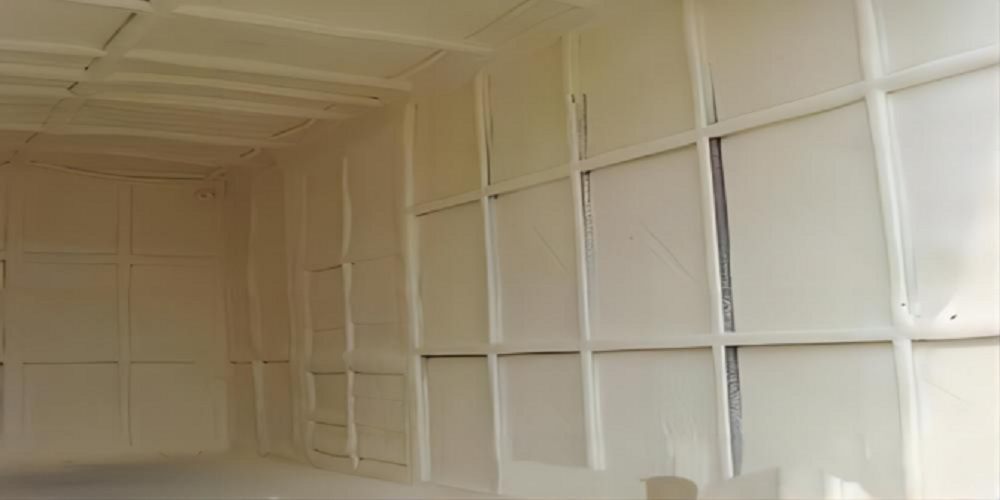
Production Process of Polyurethane Rigid Foam for Refrigerators (two)
Process Key Points
01 Raw Material Proportioning
Precisely control the proportion of various raw materials according to different refrigerator models and thermal insulation requirements to ensure the optimal performance of the polyurethane rigid foam. Generally, the optimal formula is determined through experiments and experience. For example, the molar ratio of polyol to isocyanate is usually between 1:1 and 1:1.5, the amount of blowing agent is generally about 10%-20% of the polyol amount, and the amount of catalyst is adjusted according to the reaction rate and foam performance requirements.
02 Foaming Temperature and Time
The foaming temperature has a significant impact on the performance of the polyurethane rigid foam. Excessively high or low temperatures can degrade the foam's performance. Generally, a foaming temperature between 25°C and 35°C is more suitable. At the same time, strictly control the foaming time to ensure sufficient foam expansion and curing. If the foaming time is too short, the foam may not be fully cured and have insufficient strength; if the foaming time is too long, it will affect production efficiency.
03 Mold Pressure
During the foaming process, the pressure inside the mold affects the density and pore size distribution of the foam. Appropriate pressure can ensure tight adhesion between the foam and the mold, improving the foam's density and strength. However, excessive pressure may cause foam rupture or difficulty in demolding. Therefore, the mold pressure should be adjusted according to the actual situation, usually between 0.1 MPa and 0.3 MPa.
04 Demolding Time
The demolding time refers to the time from the end of foaming until the refrigerator can be removed from the mold. Shortening the demolding time can improve production efficiency, but an excessively short demolding time may result in insufficient foam strength and affect product quality. Currently, some advanced foaming technologies, such as rapid demolding technology, can shorten the demolding time to 70 seconds or even less while ensuring product quality.
 Performance Optimization
Performance Optimization
01 Reducing Thermal Conductivity
By adding nanomaterials or adopting microcellular foaming technology, the thermal conductivity of the polyurethane rigid foam can be further reduced, improving the refrigerator's thermal insulation performance. For example, adding nanomaterials such as nano-silica and nano-calcium carbonate to the polyol can enhance the foam's thermal stability and reduce heat transfer; microcellular foaming technology can form smaller and more uniform pores by controlling the gas release rate during the foaming process, reducing the foam's thermal conductivity.
02 Improving Strength and Dimensional Stability
Select appropriate raw materials and process parameters to improve the strength and dimensional stability of the polyurethane rigid foam, preventing deformation and cracking of the refrigerator due to temperature changes and mechanical vibrations during use. For example, increasing the molecular weight of the polyol, raising the amount of isocyanate, and using appropriate cross-linking agents can all improve the foam's strength and dimensional stability.
03 Improving Pore Structure
A reasonable pore structure can enhance the thermal insulation and mechanical properties of the polyurethane rigid foam. By adding surfactants, adjusting the amount and type of blowing agents, etc., the size, shape, and distribution of the pores can be controlled, making the pores more uniform, smaller, and with a higher closed-cell rate.




